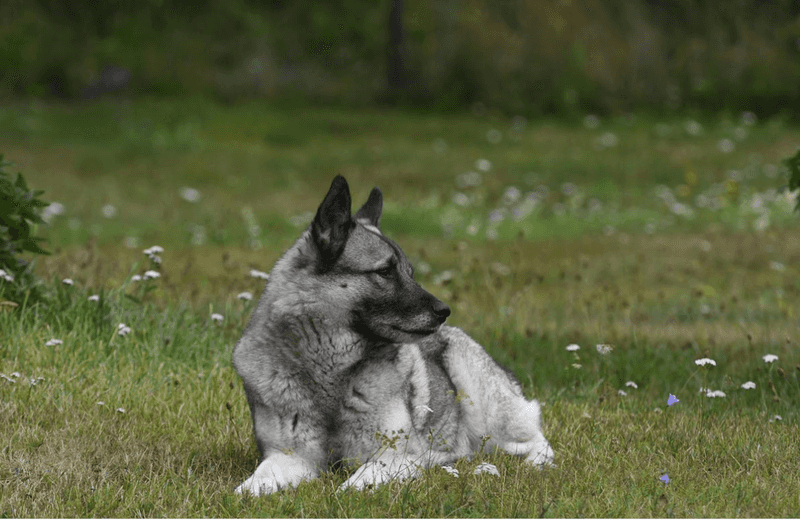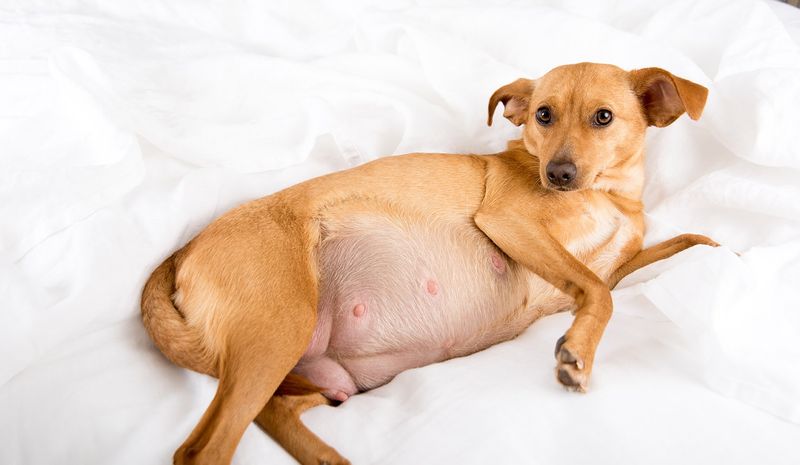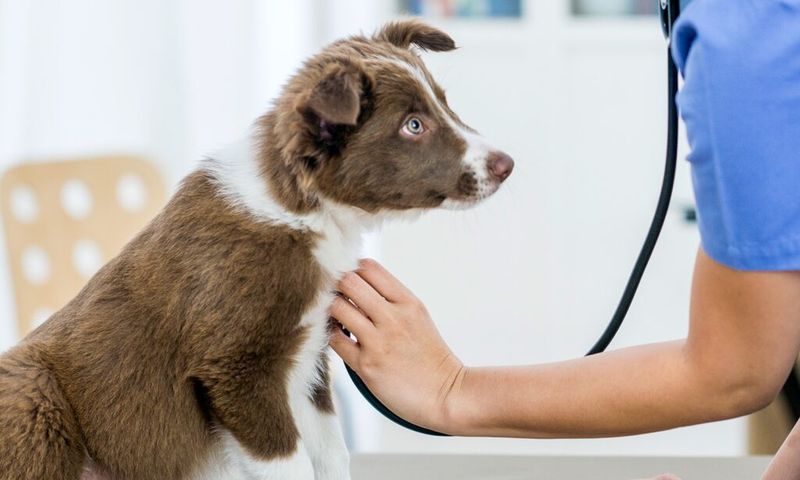10 Things You Didn’t Know About Female Dogs and Heat Cycles
Most dog owners know female pups go into heat—but beyond that? It’s often a mystery wrapped in vet bills, behavioral changes, and unexpected messes.
If you think it’s just a bit of bleeding and some howling, you’re in for a surprise. A dog’s heat cycle is more complex than many realize. It involves hormonal surges, behavior shifts, and even health risks that aren’t visible to the naked eye.
Whether you’re caring for an unspayed dog or just curious about the science behind it all, understanding the lesser-known facts can make you a more compassionate, prepared owner.
These 10 insights shed light on what’s really happening when your dog goes into heat—because the more you know, the better you can support her through every phase of her cycle.
1. Heat Can Start as Early as 4 Months Old
Most people think dogs go into heat around 6 months, but some small breeds can start as early as 4 months.
That means puppies can get pregnant far sooner than many owners expect. Early heats can catch pet owners off-guard, especially if they’re unfamiliar with the breed’s tendencies.
It’s crucial to be aware of your puppy’s specific needs and to consult with a vet about the best time to spay or take preventive measures.
Owners often misunderstand these early signs, mistaking them for typical puppy behavior. But recognizing these cues can make a significant difference in care and health.
Prompt action can ensure the puppy doesn’t encounter unwanted pregnancies, allowing her to remain healthy and happy.
2. There’s No Menopause for Female Dogs
Unlike humans, female dogs don’t experience menopause. They continue to go into heat—though possibly less frequently—for their entire lives. This means that a senior dog can still become pregnant, which often surprises unsuspecting owners.
Managing a senior dog’s heat cycle requires attention and care, particularly to prevent accidental pregnancies.
Those who adopt older dogs should be informed about this aspect. Spaying remains a viable solution, especially for older dogs, to avoid health risks associated with pregnancy at an advanced age.
The concept of eternal fertility is both intriguing and challenging, illustrating the unique nature of canine biology.
3. They Bleed, but It’s Not a Period
The bleeding during heat is often mistaken for a menstrual period. In reality, it’s linked to rising estrogen levels preparing the body for potential mating and pregnancy—not the shedding of the uterine lining.
This difference is fundamental to understanding canine reproduction.
Owners need to learn the distinct phases of a heat cycle to provide the best care.
The misconception about periods can lead to confusion, but knowing the truth can ease concerns and guide proper hygiene practices.
Providing clean nappies or restricting access to certain areas can help maintain cleanliness during this phase.
4. Appetite and Energy Swings Are Common
Many female dogs show marked changes in eating habits or energy. Some become lethargic and skip meals, while others grow more restless or even clingy during the heat cycle.
These swings are influenced by hormonal changes and can affect a dog’s overall demeanor.
Recognizing these shifts allows owners to adjust their routines, providing comfort and support.
It’s not unusual for a typically active dog to want extra naps or for a calm dog to suddenly dart around the yard.
Understanding these changes can prevent undue worry and help maintain stability in your dog’s life.
5. Heat Cycles Attract Male Dogs from Miles Away
Even if you don’t notice her being in heat, male dogs probably will. They can detect the pheromones from miles away, sometimes leading to surprise visits—or even attempts to break into your yard.
This natural attraction can create unexpected challenges for dog owners.
Keeping the yard secure and supervising outdoor time becomes essential.
The determined advances of male dogs can be relentless, and owning a female in heat requires vigilance and preparedness.
The scent trail she leaves can turn an ordinary day into a canine frenzy, with suitors arriving uninvited.
6. Heat Cycles Include Multiple Phases
There are four phases: proestrus, estrus (when mating is most likely), diestrus, and anestrus. Most pet owners only notice the bleeding but don’t realize how long and complex the hormonal rollercoaster actually is.
Each phase brings its own set of behaviors and physical changes.
Understanding these phases can lead to better care and handling of your dog.
It’s a cycle that affects more than just breeding potential; it influences mood, health, and interaction with humans and other animals.
7. Some Female Dogs Have ‘Silent Heats’
These are cycles with little to no outward symptoms—no bleeding, swelling, or behavioral change. Yet they’re still fertile and can become pregnant. Silent heats are often missed by even the most attentive owners, leading to surprise litters.
Being aware of this possibility encourages regular veterinary check-ups.
These stealthy cycles are a testament to the complexity of canine reproduction.
Keeping track of potential heat periods, even without visible signs, helps in planning and preventive care.
8. Pseudopregnancy Happens More Than You’d Think
Also called false pregnancy, it causes females to act like they’re expecting—nesting, lactating, and even guarding toys as if they were puppies.
It’s driven by hormonal shifts during the diestrus phase. This phenomenon can be puzzling for owners unfamiliar with its occurrence.
Providing comfort and understanding during this time is vital.
Though not harmful, it can lead to stress for both the dog and the owner.
Awareness of pseudopregnancy ensures that you can handle the situation with empathy and insight.
9. Spaying Doesn’t Just Stop the Cycle—it Prevents Cancer
Removing the uterus and ovaries not only halts heat but also drastically reduces the risk of mammary tumors and completely eliminates the possibility of ovarian or uterine cancers.
This preventative measure is a major health benefit, offering peace of mind to dog owners.
Spaying is a responsible decision that extends beyond population control.
It contributes to a longer, healthier life for your pet.
Understanding the full scope of spaying’s impact can guide responsible pet ownership and enhance the quality of life for your furry friend.
10. Heat Can Trigger Aggression or Depression
While some dogs become more affectionate, others get irritable or anxious. Hormonal changes affect mood, and it’s not uncommon for a normally sweet pup to growl, snap, or isolate during her cycle.
Recognizing this behavior as temporary can help in managing interactions.
Providing a quiet space or extra attention based on her needs can mitigate these effects.
It’s a time for patience and understanding, knowing these shifts are part of her natural cycle.
Different dogs exhibit different levels of emotional fluctuation, requiring tailored care.
















